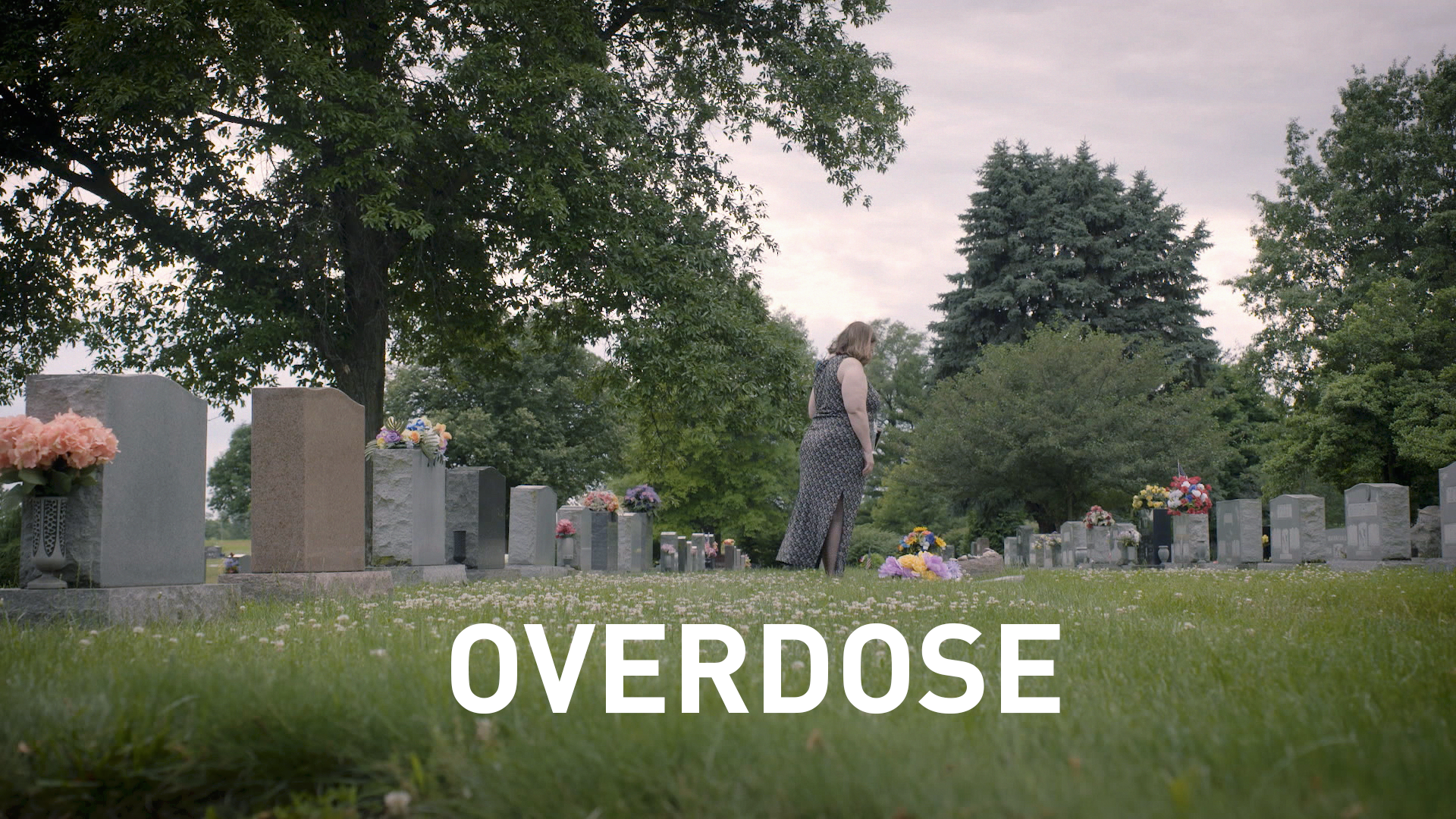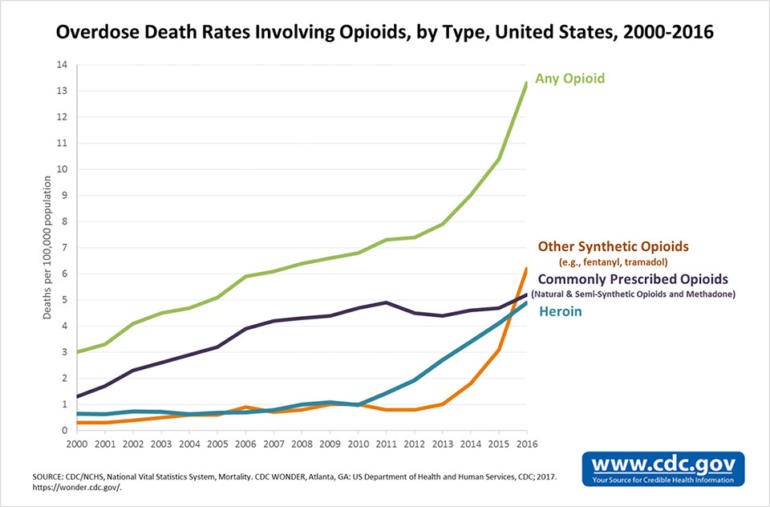
The plight of a country addicted
It has been declared a public health emergency in the U.S., one that claims over 130 lives every day. With more than 11.4 million people misusing prescription opioids, and hundreds of thousands turning to heroin for the first time, Overdose goes to the heart of a crisis that is grappling an entire nation.
Exploring the devastating consequences opioid misuse and heroin addiction is having on communities large and small in the United States, Overdose explores how law enforcement officials and public health professionals are fighting to curtail an epidemic that has no clear end.
Through intimate encounters with drug users, addicts, paramedics, police officers and family members all entangled in the opioid crisis, Overdose reveals what life is like for those who have been viciously shaken by a problem that’s devastating communities large and small across the United States.
WATCH
DIRECTOR Q&A | JASON MOTLAGH
Overdose was directed by Jason Motlagh and Mark Oltmanns. Motlagh gave us some insight into production.

Overdose Director Jason Motlagh
What attracted you to the story of Overdose?
Opioids killed more Americans in one year than the entire Vietnam War. And the crisis is only growing worse, as more powerful drugs hit the streets. There’s been some excellent media coverage about what’s driving the addiction epidemic, the role of predatory drug companies and the plight of the addicted. But the scale of the crisis is still not fully appreciated by U.S. policymakers.
Why was it important to tell this story?
This is a national public health emergency. Natural disasters that affect a fraction of the population are handled with an urgency that transcends politics. This should be no different. It’s incredible that our government has yet to put forward a comprehensive strategy to deal with the opioid crisis.
What should we know about your filmmaking process?
We immerse ourselves in the world of our subjects. Because we work with a light footprint — minimal personnel and gear — and don’t cling to plans or schedules, we’re able to follow the current of the story wherever it leads us. Our job is to listen, keep our eyes open and the camera rolling.
Did you make any unexpected discoveries while shooting?
There’s no stereotypical opioid addict. Every strata of American society is under siege: poor and rich, urban and rural, black and white. No family is immune.
What do you hope your documentary will achieve?
There’s a tendency in this country to dismiss drug addicts as weak or less worthy of help. If this stigma persists, we’re in a lot of trouble. Our goal in making this film was to reframe the way we look at the addicts among us. By tracking the descent into addiction and impact on loved ones and communities, we hope viewers will see them as people with a sickness in need of care and support, not scorn.
DOCUMENTARY SELECTS



DATA ON OPIOID EPIDEMIC IN THE U.S.
MEDLINE PLUS | OPIOID ABUSE AND ADDICTION TREATMENT
In the United States, the National Institutes of Health and the National Library of Medicine – the world’s largest medical library – have teamed up to provide resources for treatment and care of opioid addiction.
MORE FROM CGTN
- Click to share on Facebook (Opens in new window) Facebook
- Click to share on X (Opens in new window) X
- Click to share on Instagram (Opens in new window) Instagram
- Click to share on LinkedIn (Opens in new window) LinkedIn
- Click to share on Reddit (Opens in new window) Reddit
- Click to print (Opens in new window) Print
 CGTN America
CGTN America









